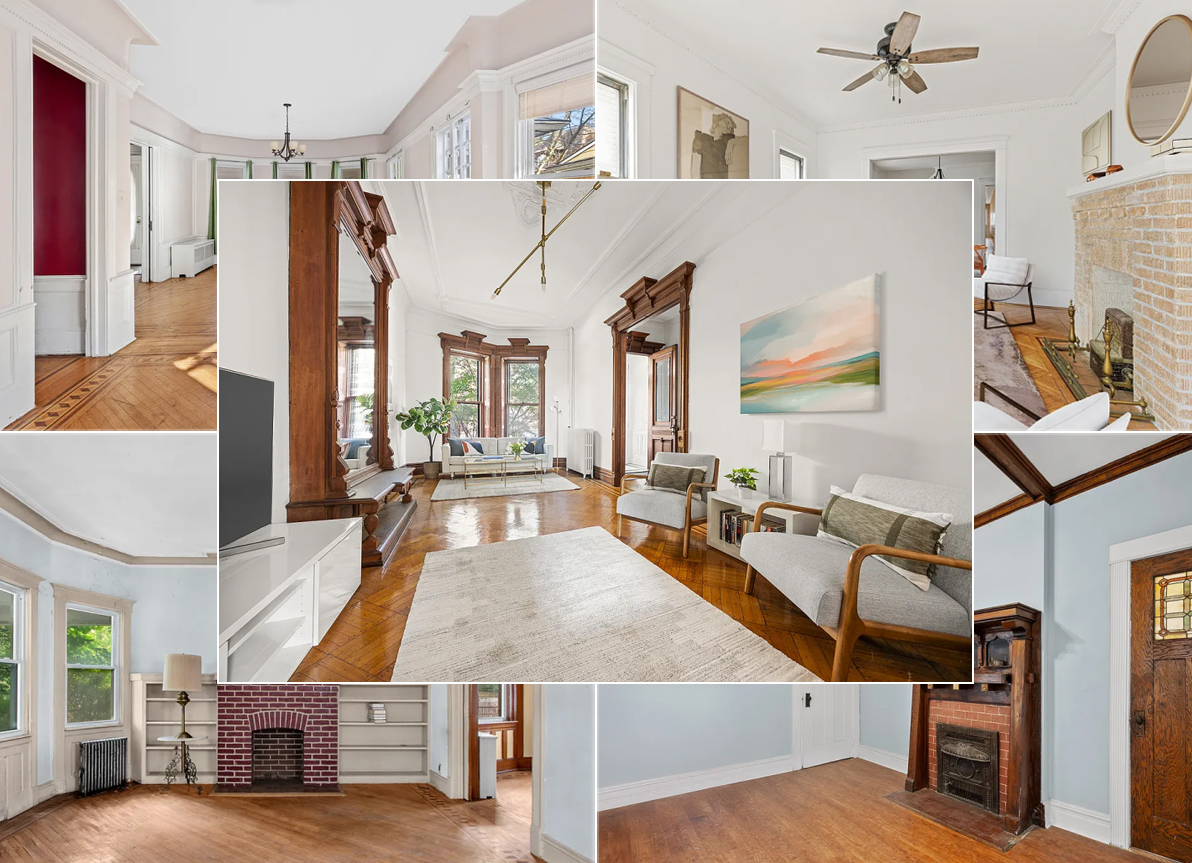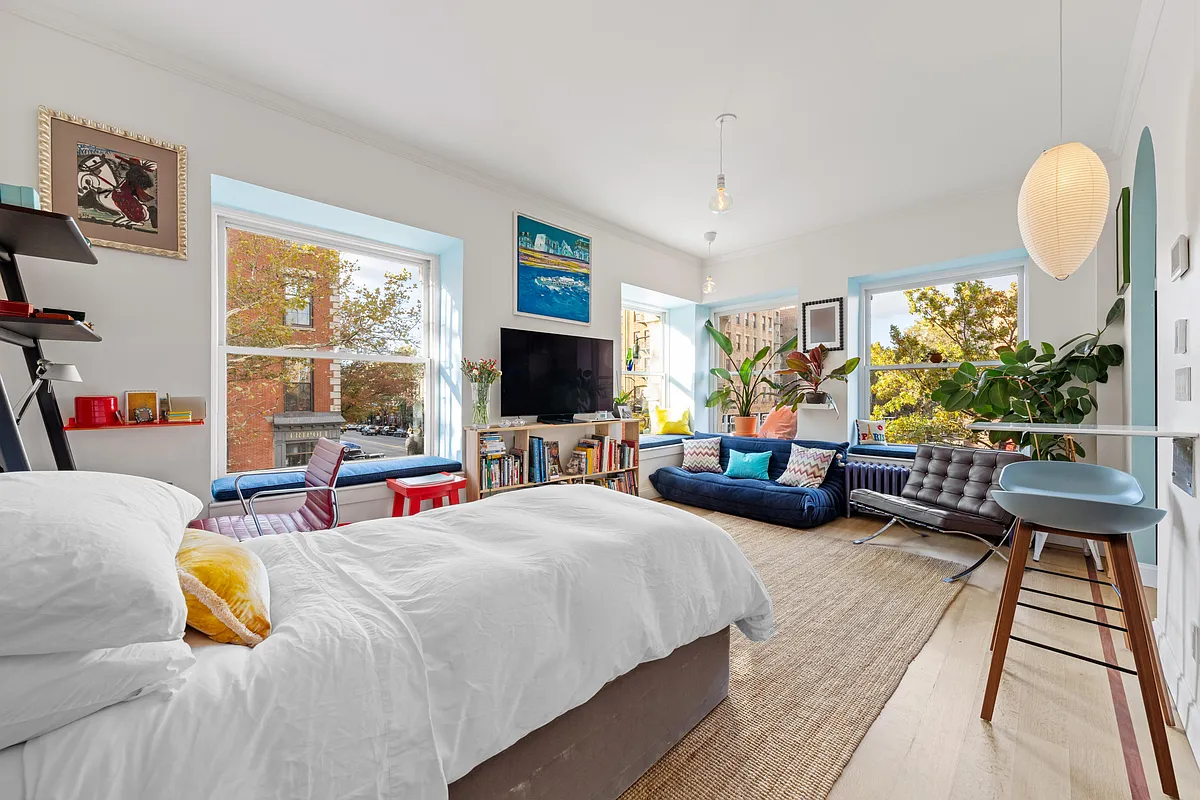Study: Subprime More Prevalent in Minority Nabes
A new study from NYU’s Furman Center for Real Estate and Urban Policy shows that subprime lending in the city last year was much more common in minority-heavy neighborhoods than in mostly white neighborhoods, irrespective of median income levels. For example, 44 percent of loans in East Flatbush, a predominantly black and Hispanic neighborhood, were…

 A new study from NYU’s Furman Center for Real Estate and Urban Policy shows that subprime lending in the city last year was much more common in minority-heavy neighborhoods than in mostly white neighborhoods, irrespective of median income levels. For example, 44 percent of loans in East Flatbush, a predominantly black and Hispanic neighborhood, were subprime; in Sheepshead Bay and Gravesend, which are majority white, 10.8 percent of mortgages were from subprime lenders. All three neighborhoods have median incomes in the $40,000 to $50,000 range. Though the study didn’t take into account things like borrowers’ credit histories, it definitely raises questions about whether subprime lenders have engaged in discriminatory practices by offering white borrowers loans with better rates. There certainly is a disgraceful element here, but how big it is, we don’t know, said Julia Vitullo-Martin, a senior fellow at the Manhattan Institute. Is it a few rogue lenders, or is it an extensive problem that requires a regulatory response? We don’t know yet.
A new study from NYU’s Furman Center for Real Estate and Urban Policy shows that subprime lending in the city last year was much more common in minority-heavy neighborhoods than in mostly white neighborhoods, irrespective of median income levels. For example, 44 percent of loans in East Flatbush, a predominantly black and Hispanic neighborhood, were subprime; in Sheepshead Bay and Gravesend, which are majority white, 10.8 percent of mortgages were from subprime lenders. All three neighborhoods have median incomes in the $40,000 to $50,000 range. Though the study didn’t take into account things like borrowers’ credit histories, it definitely raises questions about whether subprime lenders have engaged in discriminatory practices by offering white borrowers loans with better rates. There certainly is a disgraceful element here, but how big it is, we don’t know, said Julia Vitullo-Martin, a senior fellow at the Manhattan Institute. Is it a few rogue lenders, or is it an extensive problem that requires a regulatory response? We don’t know yet.
Study Finds Disparities in Mortgages by Race [NY Times]
Tilden Avenue photo by polychrome





Sadly, the black community is heavily materialistic. To the point of perceiving people or oneself as completely worthless without a Mercedes and jewelry and a big house. There’s a lot of pressure to live beyond one’s means. Though those very same objects would have been considered absurd to purchase by working and middle class people, even a couple decades ago. Someone in the black community needs to start talking about this materialism, and talk about getting back to the core values that are productive and were so helpful for the people of this community in previous eras. Unfortunately today’s leaders like Al Sharpton only want to build up the black man’s ego, and talk about what white people do to black people, not what black people do to themselves or each other like what men do or say to women. There’s just no leadership in the area of self-critique and self-improvement in that community at all. Speaking of materialism and returning to good values, the same needs to happen in the white liberal community too. As liberal and one of the “top ten” Park Slope may be, look at how materialistic it is.
Thank you, 1:34, for your comments. You sound like like my parents. I wonder how much of this mortage mess is from bank practice and how much comes from the (willful?) ignorance of the borrowers.
Rather than taking a look at what the victims of subprime lenders didn’t have, let’s take a look at what everyone else had and whether it is possible for the lower middle class or working class to have acquired such things within a couple years.
1) Substantial savings for a down payment (either through a high-earning job or a transfer of wealth from mommy/daddy to son/daughter). Chances are working class people, regardless of race, don’t have either.
2) Equity in Property to leverage to buy more property. (NOPE)
3) Educational background that leads to high earning jobs and substantial income or savings. (NOPE, but there’s hope for their children if they stay in school and work hard.)
4) Never or rarely having to rob Peter to pay Paul, therefore a credit history that is in tact or with few blemishes. (NO)
If the deck is stacked against you and you still have the vision of the American dream in your heart even though the boat has sailed for most middle and working class people in NY City— You might be willing to listen to a charlatan who says “YOU CAN DO IT”.
The bottomline is without wealth (especially intergenerational wealth transfers) or a high income, there’s no way you can comfortable buy and keep a home in a great NYC neighborhood.
Good for you 1:34. You were fortunate enough to be educated and appear to be literate enough in the English language to avoid the pitfalls of sub prime lending. Good for you. Such was not the case with many other hispanic people who were sucker into mortgages they could not afford or understand. I agree that financial education is a must and people must take personal responsibility for their actions but I disagree that we should not play the blame game. We most certainly must continue to play the blame game to identify the perpertrators of fraudulent activities that have an affect on all of us.
I am a rock-ribbed advocate of personal responsibility, 1:34 p.m., but you can’t know what you don’t know (and this stuff is complex). For financially naive folks, there should have been much stronger public messaging and educational resources. Once we’ve got them in everybody’s face, I’ll be quicker to assign blame to those who got took.
Just one other point of view, this study is interesting but limited in scope, I am of Hispanic decent and purchased a home in BK in a “Minority Hood” I worked hard (two jobs) saved enough for a down payment and also preserved my credit. I had banks wanting to lend me money left and right at competitive rates.
I was wise enough to know what I could afford (usually three times your annual income if it’s a one fam) and did not go crazy even though I know I could have with a sub-prime lender. I closed the deal with WAMU at 6.175% fixed. Just spend within your means, use credit wisely, and pay your bills on time. This is the only formula that is needed.
No short cuts like those “No money/Low Down payment” midnight commercials – that said minorities are not educated about money and credit so we buy meaningless items with no value using OPM (Other Peoples Money) and think it’s free money.
Parent’s/guardians need to educate their kids about saving for tomorrow and how to use credit as this is not a subject in school. We cannot continue to play the blame game, at some point we must take responsibility for our own mistakes.
Just my opinion/fact.
They probably had bigger down payments in Brighton which helped secure better interest rates. Russian Mob money goes a long way.
Agree it is crucial to tease out credit history from race…but I would also like to see educational status and family history of home ownership looked at as variables. So many of these folks were first-time homeowners AND immigrants, I’m sure; and I’m willing to get that many got hornswoggled by brokers “from home” who won their trust just by virtue of shared culture. I have a “there-but-for-the-grace-of-God” feeling about this; my husband and I were both the first in our families to buy a home, and would have been sitting ducks if we had not had college educations and, in particular, journalism backgrounds that gave us the tools of skepticism, research, and verification. The signs of this crash, for nabes like East Flatbush, were easy to read for the past 5 years or more; in those real-estate display-ad freebie booklets, or in Daily News ads, the agents NEVER gave a whole price for a home, just an absurdly low-sounding down payment (usually $5,000, sometimes “ZERO!”) It was obvious that this was a ploy to start the saleman’s pitch on how you could afford this home even before revealing its price. I wonder, wonder, wonder why no one launched a full-bore culturally sensitive educational campaign to vulnerable zip codes, in every language necessary, to spot these rip-offs and find out exactly what you could REALLY afford to borrow….similar to the campaigns for HIV screening and prevention.
“Though the study didn’t take into account things like borrowers’ credit histories, it definitely raises questions about whether subprime lenders have engaged in discriminatory practices by offering white borrowers loans with better rates.”
uhh, i’m as liberal as the next guy, but people who have less money/worse credit get higher rates. it’s called a risk premium.
it’s not discriminatory. it’s common sense.